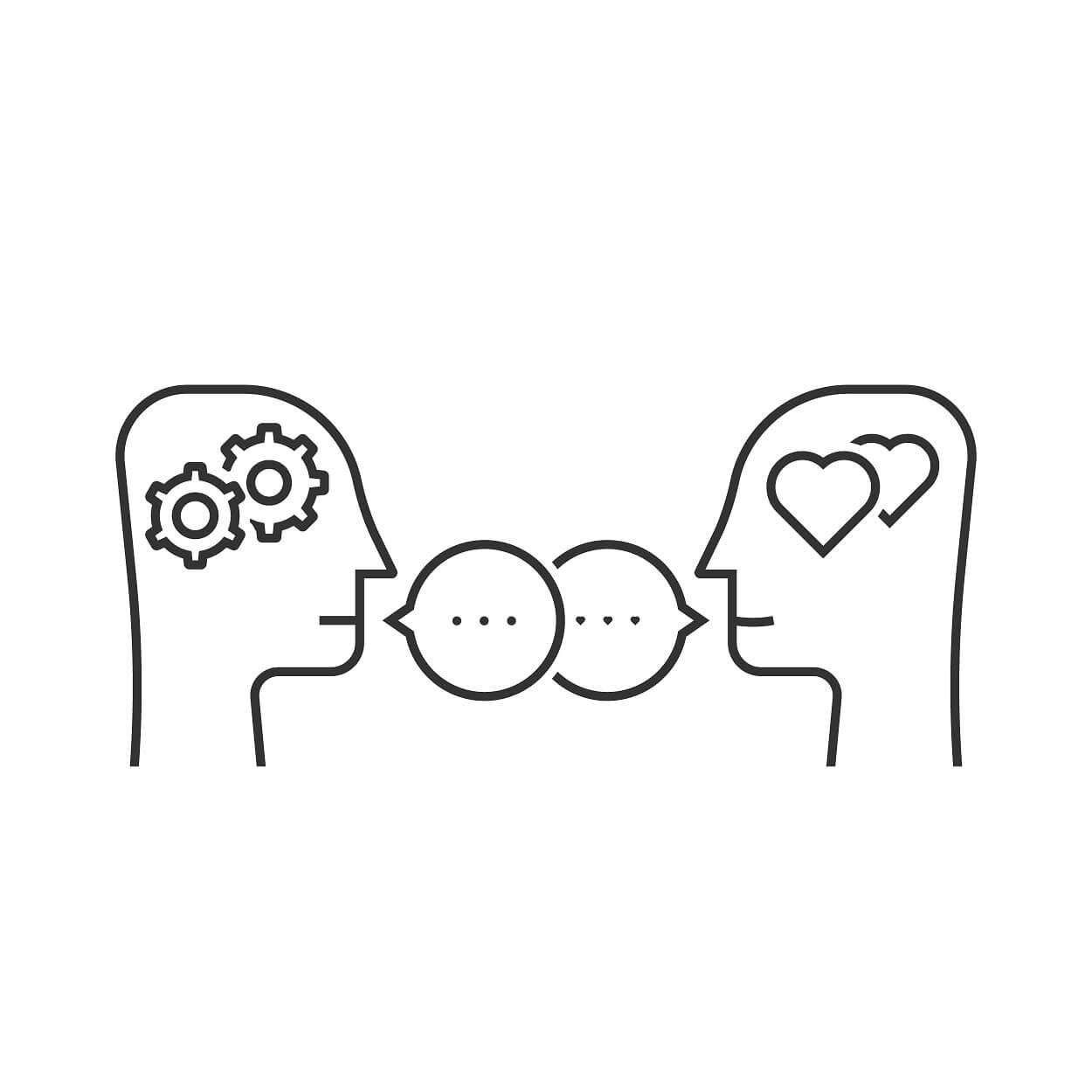
Tattoos, once associated with rebellion, crimes, delinquency, gang membership, and machismo, has now become a modern phenomenon of self affirmation and expression. Incidentally, according to an Ipsos Reid survey, close to one in four Canadians is tattooed.
However, despite some democratization and hierarchies flattening, tattoos can still carry some derogatory overtones and can induce discriminations and prejudices in some work environments.
The rights of all individuals intertwined with one another
According to the Quebec Charter of Human Rights and Freedoms, each individual has a right to a freedom of expression, which now includes tattoos, and your employer can not ask you to hide them, unless the object of the tattoo itself is considered hateful or offensive. Although, in some cases the organization could prevail over your rights. The employer can impose restrictions or prohibitions regarding the dress code or someone’s look if it causes any damages to the organization’s image and reputation (tattoos, piercings, etc.), or if it causes any work’s health and safety issues (beards, jewellery, etc.) by means of directives or a work contract. Such right must be exercised cautiously in order to draw up a clear, reasonable, and fair policy stating any restrictions the organization would see enforced without being discriminatory.
It is recommended to have yourself acquainted with any rule, policy, contract, or ethic guides mentioning this topic in your organization. Going against those rules becomes a breach of an employment condition.
First impressions
But beyond the law, there is the human factor… from a new encounter’s very first moments, the brain is processing a large quantity of signals, from what the person is saying (verbal communication) to the posture, the appearance, the gestures, the gait (non verbal communication) and to the volume, the pronunciation, the speed, and the tone (para verbal communication), and makes a general interpretation – a first impression.
A study group from Princeton University states that only one hundred milliseconds are required to form a firm and final judgment about someone. And only one tenth of a second to decide if a person is attractive, reliable, amicable, and even … qualified. A tattoo, just like a hairstyle, a makeup, or an outfit, is a non verbal clue contributing to the first impression.
"We judge books by their covers, and we can't help but do it," says Nicholas Rule, researcher of the University of Toronto” This human behavior can be traced back to the beginning of times. To ensure its survival, the prehistoric man had to quickly decide if what was in front of him was a friend or an enemy; if he had to fight or flight. This reflex is buried in our reptilian brain and is ubiquitous in our instinctive reaction. It is an oblivious process, often conditioned by our memory or our upbringing. This first impression is natural, inevitable, and indelible!
Overlooking this process and not adapting to it only diminishes your credibility and your influence to their eyes. And if the impressions you give off is not in tune / harmony with the one they were expecting… even if you wear your tattoos with pride, interacting with employers will become more difficult, bumpier, full of distortions and misinterpretations which may cause misunderstandings … And unfortunately, you will be suffering the consequences.
To each culture its codes
Tattoos are not necessarily compatible with all professions and fields of work, and depending on the career or occupation you wish to have, tattoos will be more or less tolerated, accepted, appreciated perhaps even admired.
Some field of expertise are more open minded and value the creativity and the self expression, while some are more formal, and want to give off a more rigorous image of impartiality, confidence by means of a fitting and polished appearance. In those cases, a tattoo must be more … discreet – in order to respect the neutrality and formality required by the organization.
In terms of tattoos, corporate image must be a key element to consider. One should show some caution, all depending on the kind of employment and the context. It is essential to understand the organization’s culture (its implied rules), its philosophy (its values), the nature of the job… And above of all whom will you be in contact with!
It’s a matter of interpretation
Your appearance is an indicator of your judgement and inspires (or not) confidence in your abilities and your role. Those interpretations are neither correct nor incorrect, there is no for or against, bad or good, legal or illegal, fair or unfair, but only a congruity or incongruity with the message that you want to deliver to whom you are offering products or services to.
Our clients come from various environments and their perceptions, reasoning, values and style vary depending their interpretations. Tattoos, being a medium of really personal messages, can still, for some, have a negative ring and be interpreted as an indicator of a lack of professionalism and conscientiousness, or as non-conformism, hence projecting a differing image from the one you want to convey.
It is entirely legal and fine to have tattoos. You are free to express yourself however you want. But you cannot expect it to be accepted the same way by everyone.






